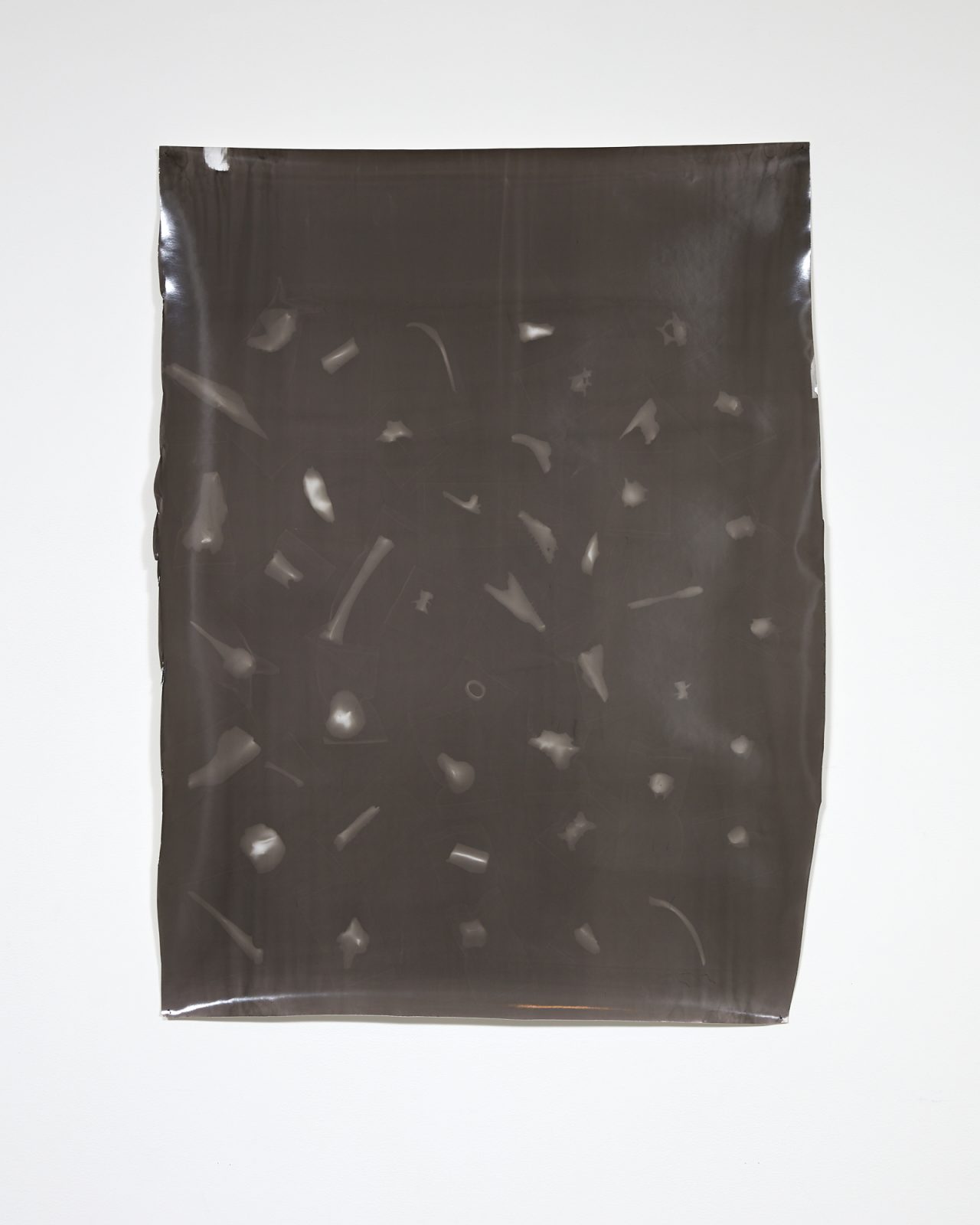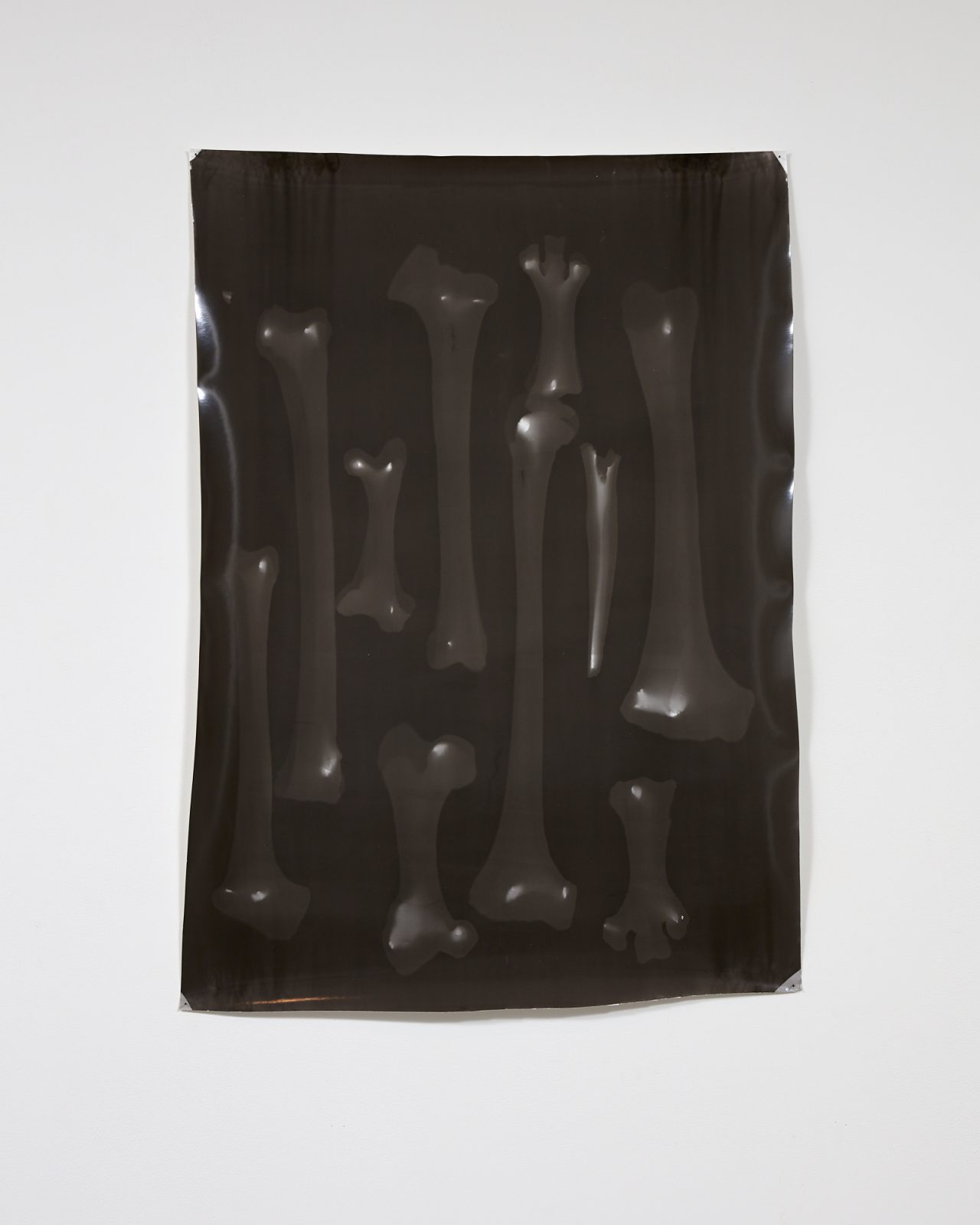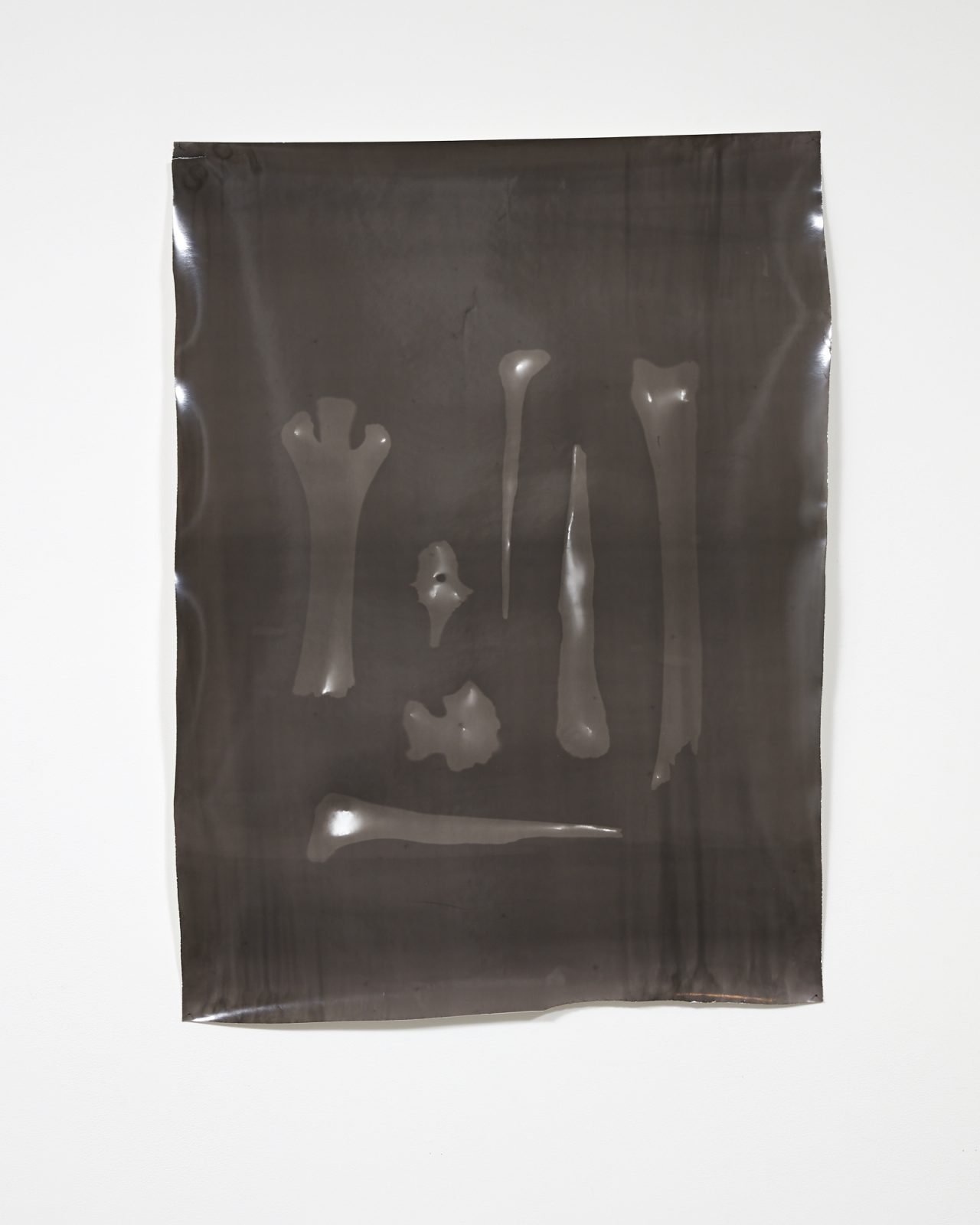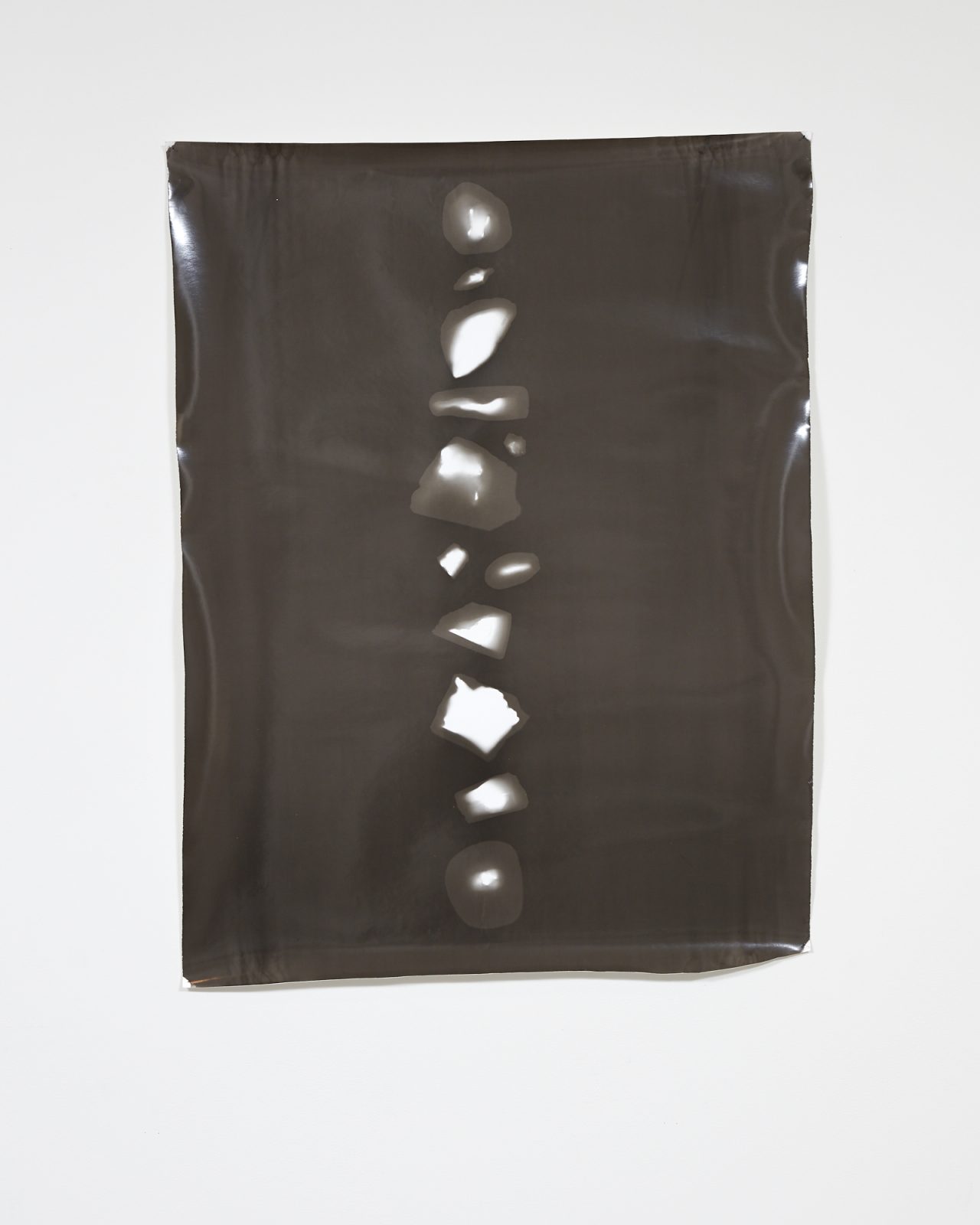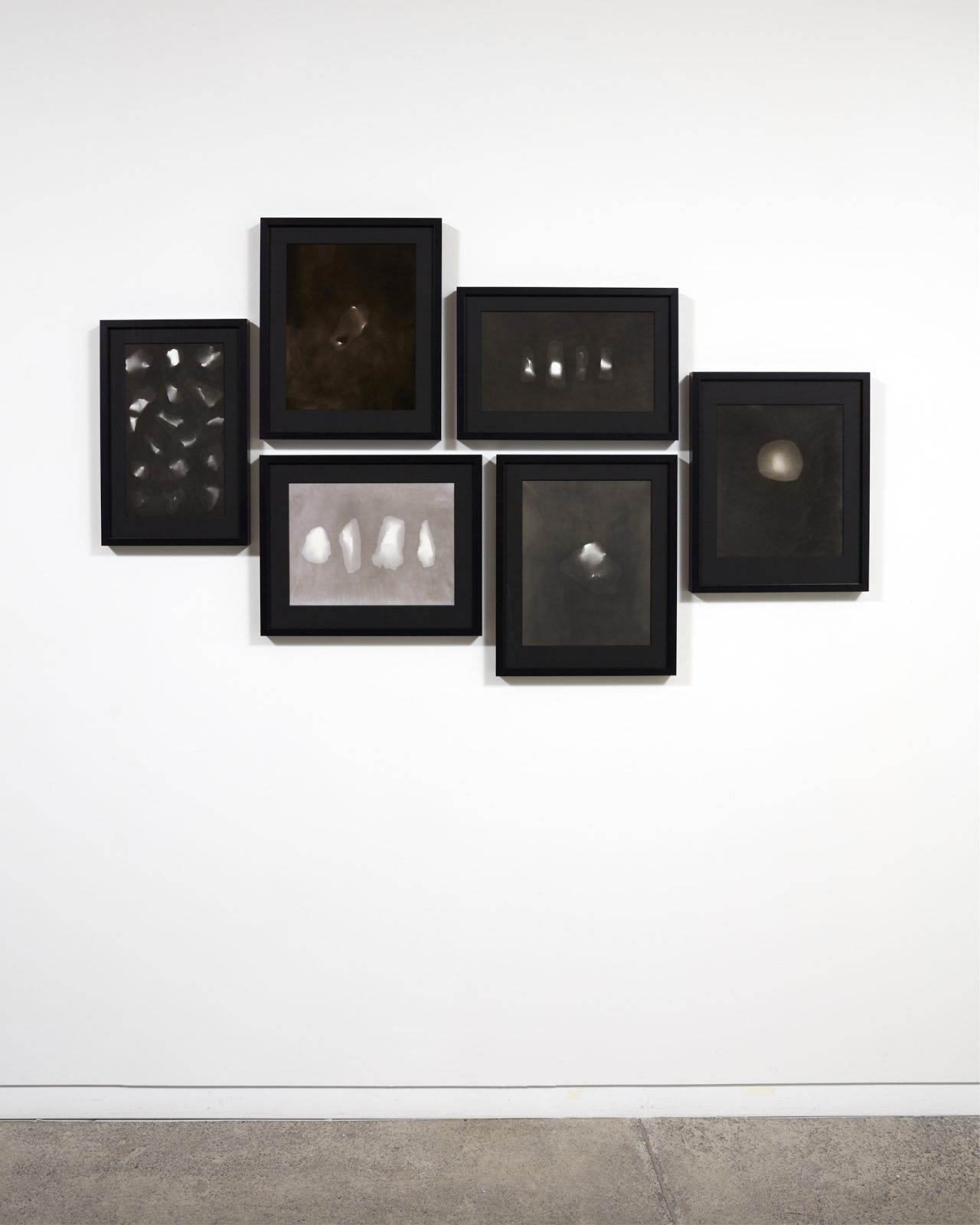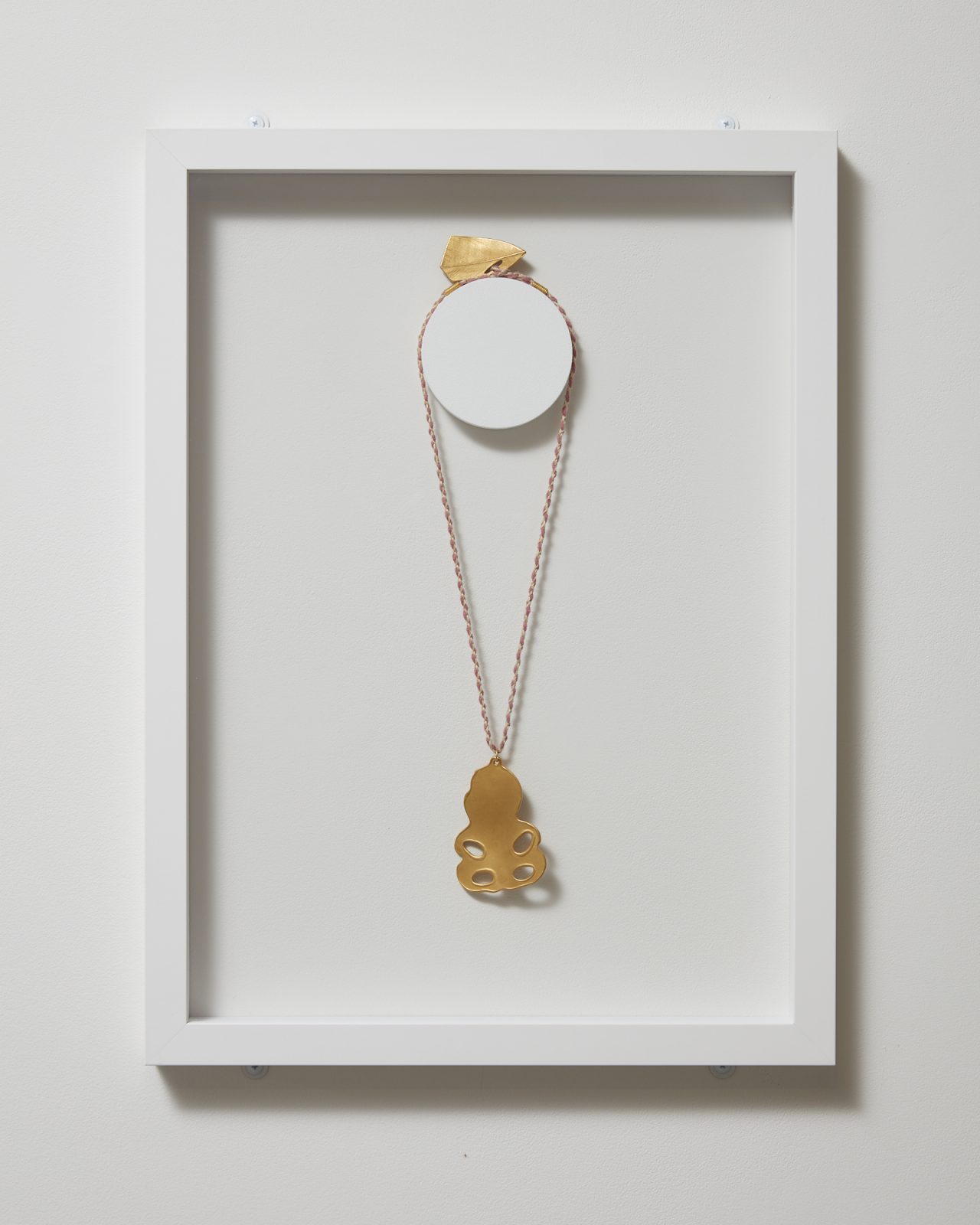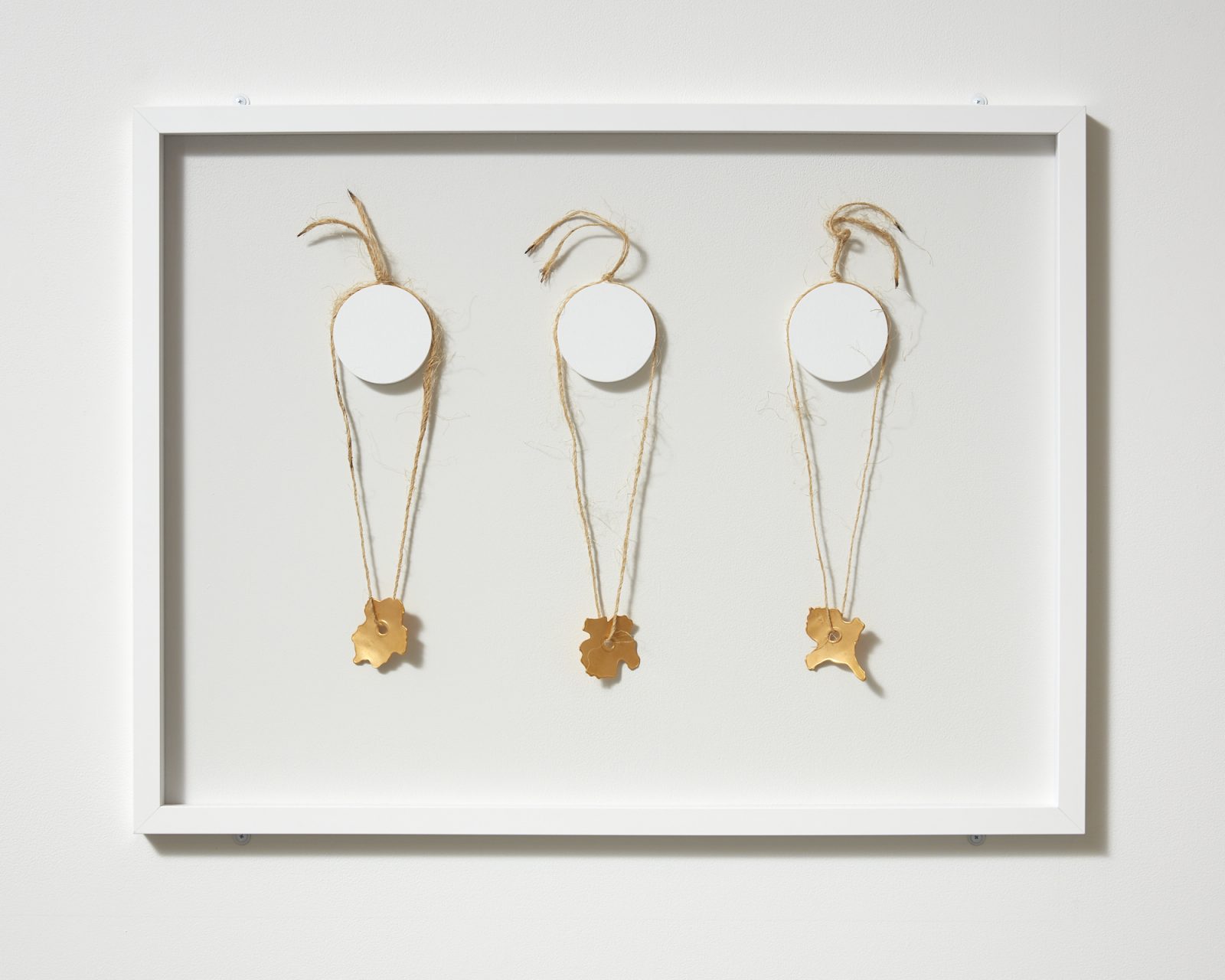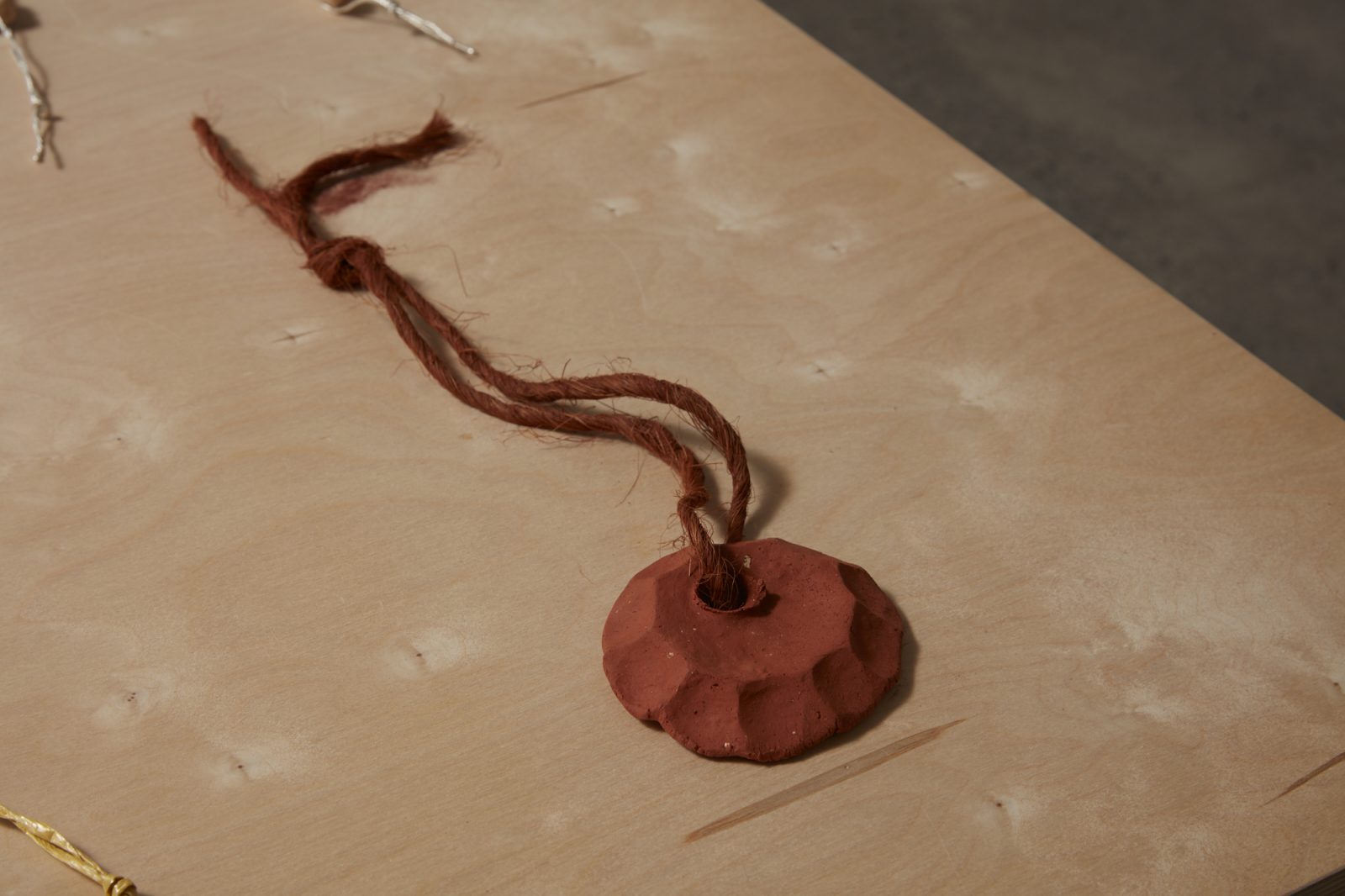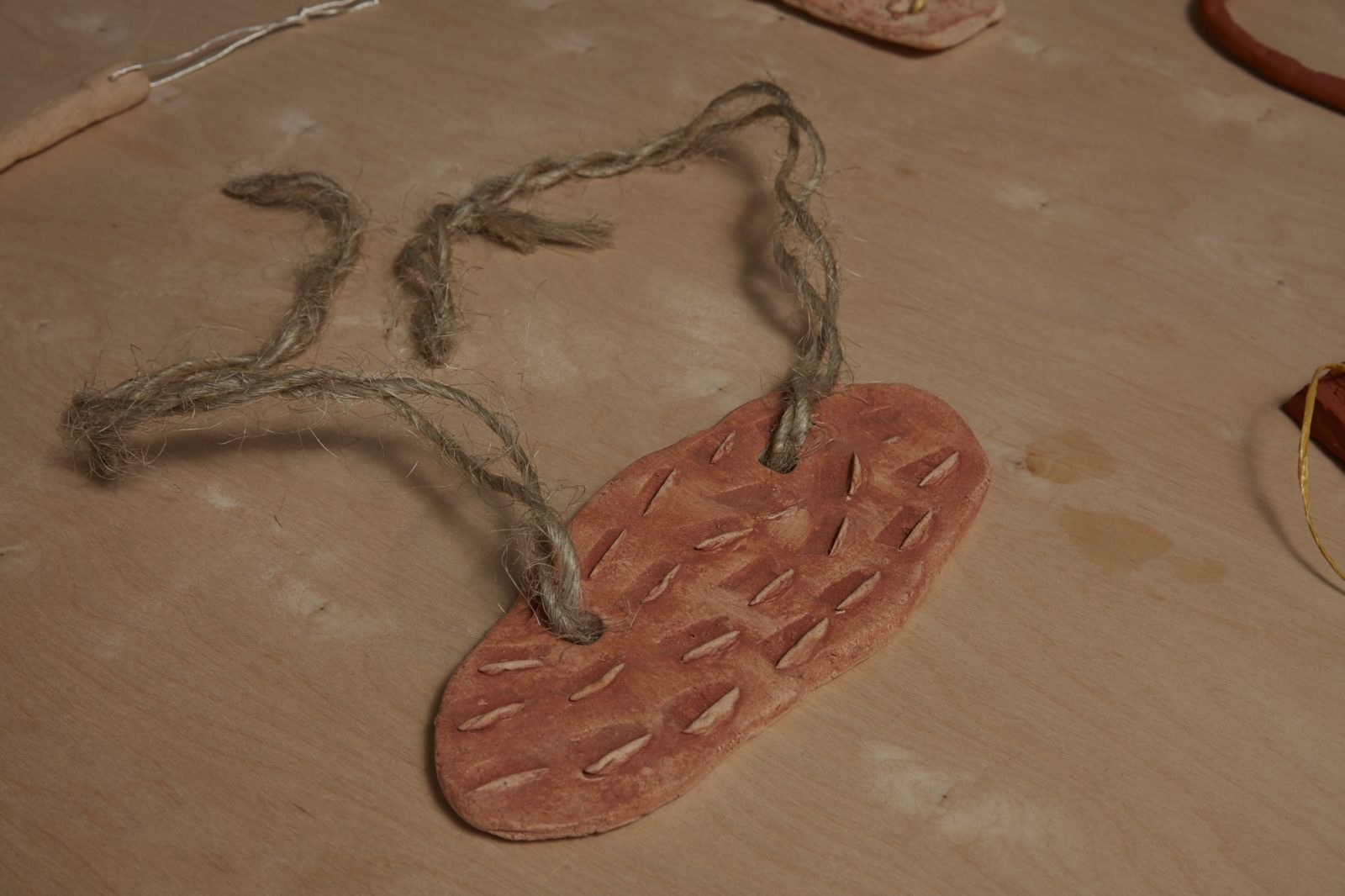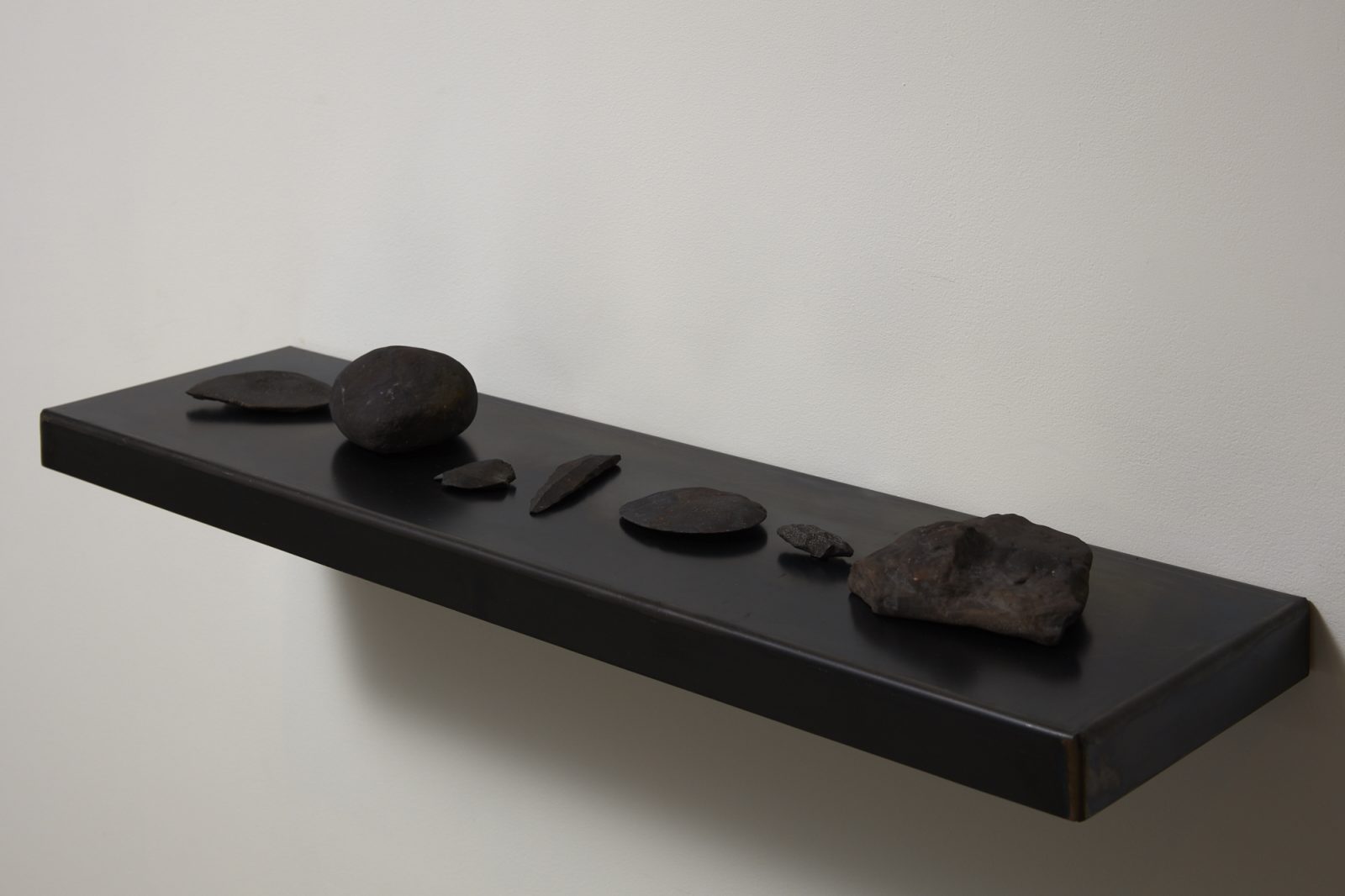Areta Wilkinson
and Mark Adams
Repatriation
21 September - 20 October 2018
Over more than a decade jeweller Areta Wilkinson (Ngāi Tahu) and photographer Mark Adams (Pākehā) have spent considerable periods of time within anthropological and natural history collections working with objects with Te Waipounamu (South Island) provenance. The museum-as-subject has long been a part of their respective practices, and their recent long-term residency at the Museum of Archaeology and Anthropology (MAA) at Cambridge University (2009–17) allowed the artists to respond to those sections of its collections that hold personal significance for them in deep and sustained ways.
During this time Wilkinson and Adams collaborated to produce unique photograms of moa and other extinct bird bones, stone tools, jewellery objects and other forms of collected taonga, which were made by placing each object on light-sensitive photographic paper.
For Wilkinson these shadow images provoked a new way of relating to ancestral forms beyond attempts to simply reproduce or project a contemporary interpretation of them. Indeed, the shadow of the photogram activated a shift in her work towards ways of working with the more intangible or subtle aspects of matāuranga Māori (Māori worldview), such as mau mahara (remembering), āhua (the form or semblance) and taonga tuku iho (treasures passed down). For Adams the project opened a way of engaging with the concrete colonial relationships that these artefacts, taonga and specimens are enmeshed in, without messing with the objects or histories themselves. The pair emphasise that this is a conceptual collaboration: the work exists as a delicate balance of Māori and Pākehā artistic research methodologies that take form in the making of the photograms, unlocking new territory for the artists to explore together.
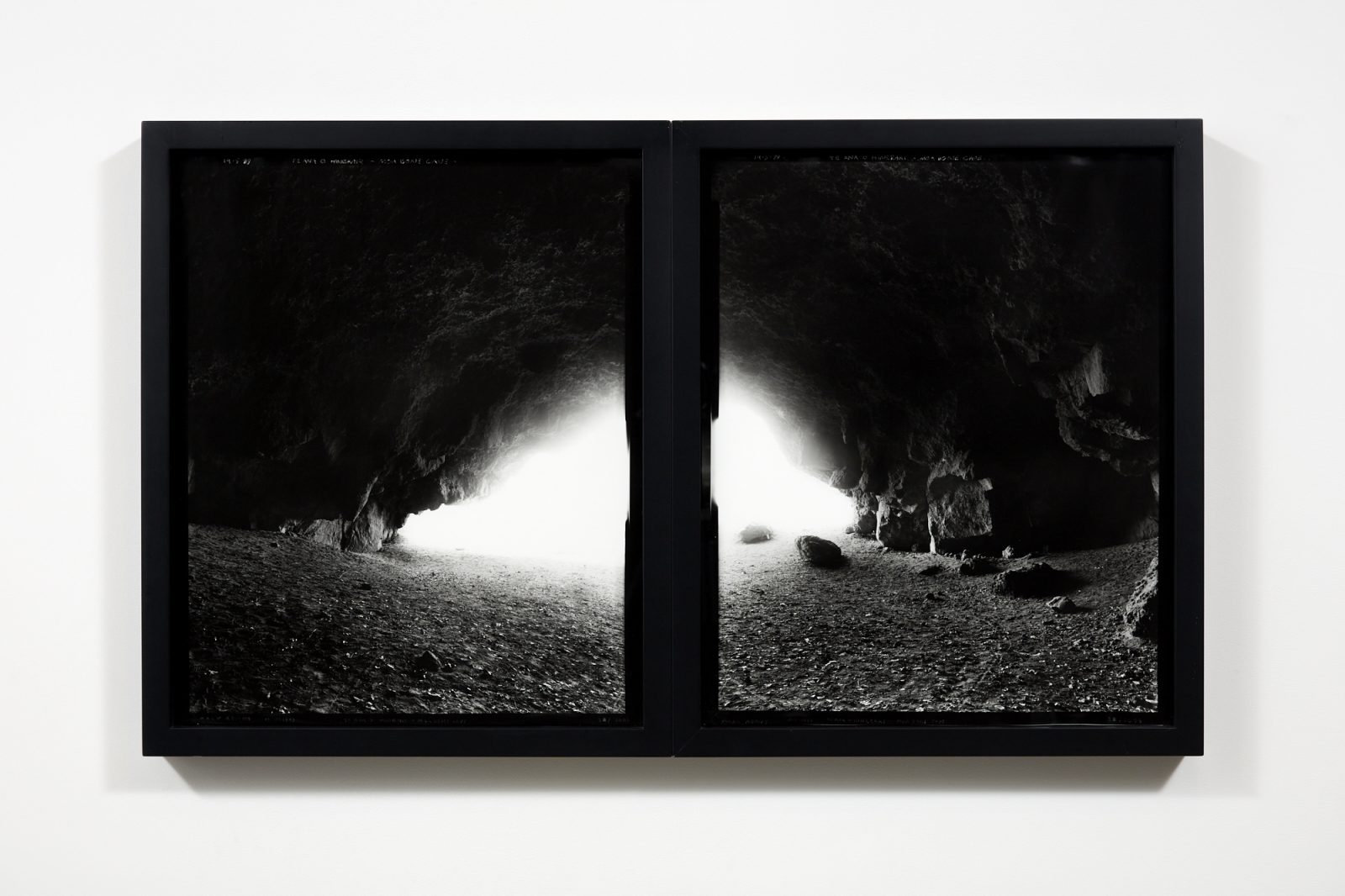
Silver bromide photograph on fibre based paper
Diptych, 665 x 1110 mm
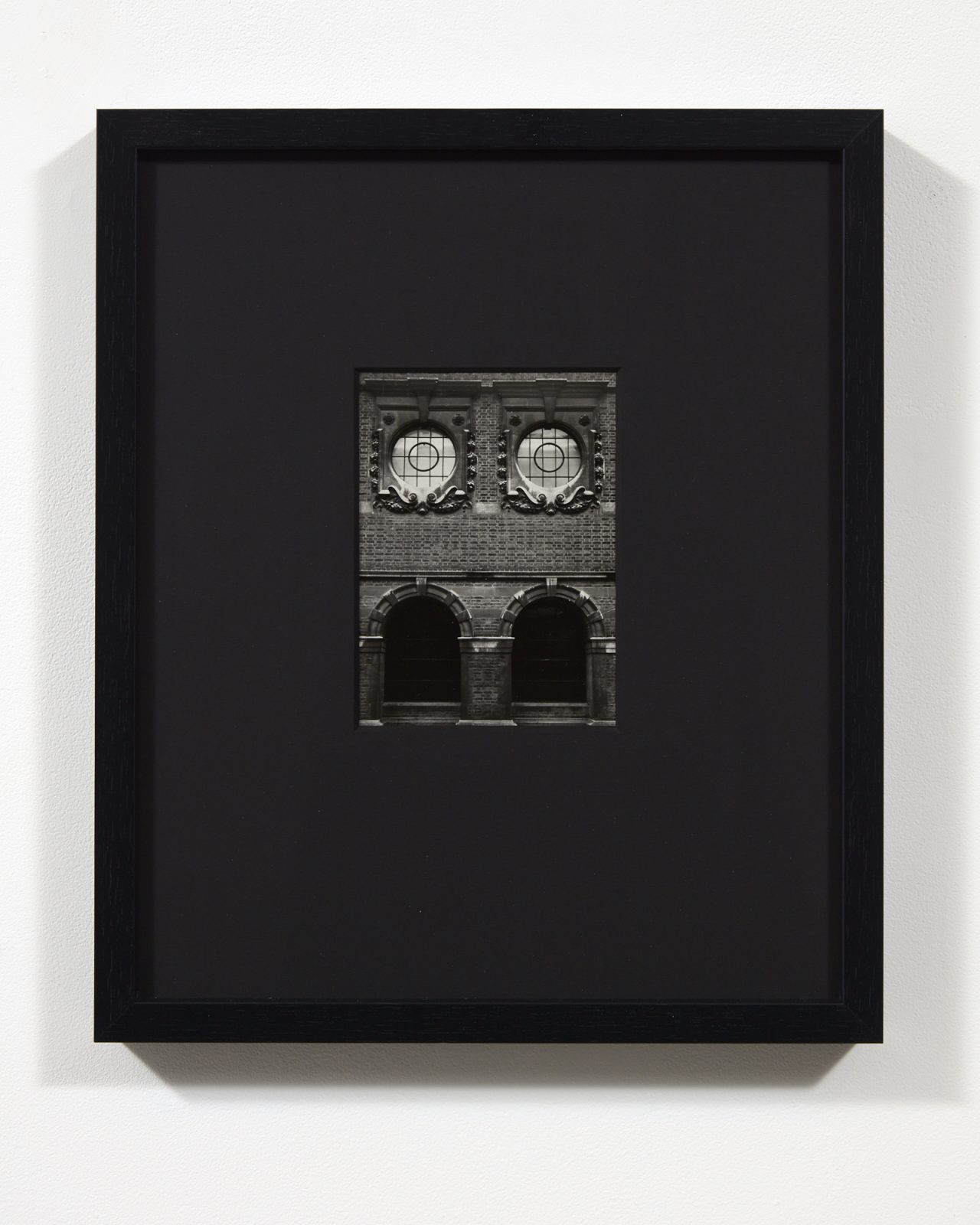
Silver bromide photograph on fibre based paper
390 x 330 mm
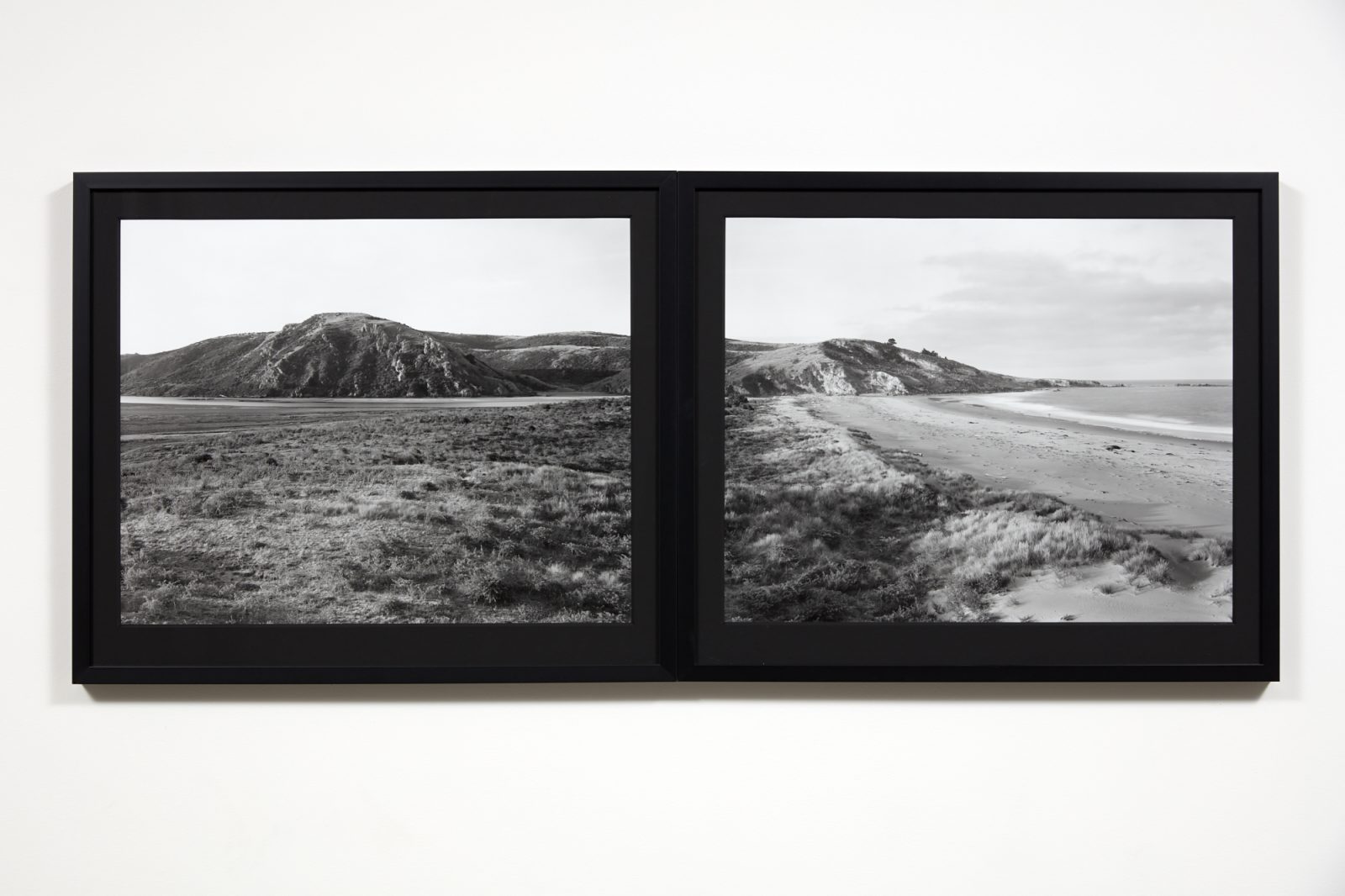
Silver bromide photograph on fibre based paper
diptych 580 x 680 mm each
edition of 7
